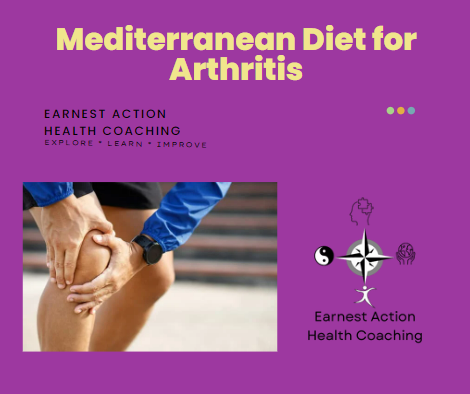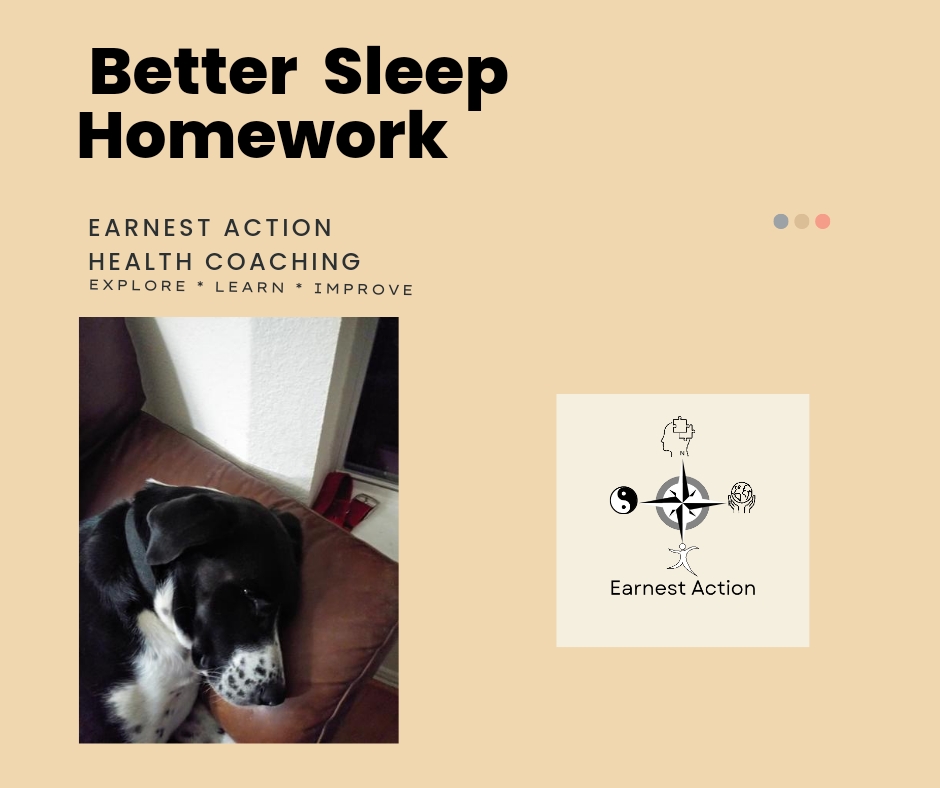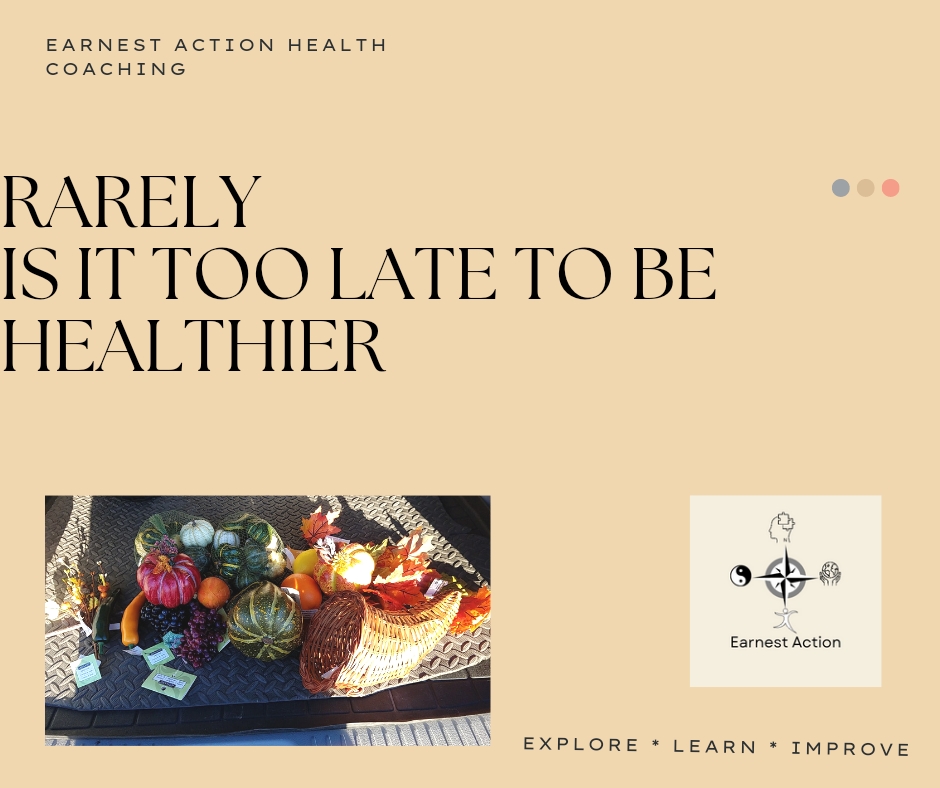Mediterranean Diet for Arthritis is one recommendation to help control this condition.
Arthritis is not one disease. The Arthritis Foundation tells us that there are over 100 types of arthritis. In this post I will share information primarily about osteoarthritis (OA). According to the CDC 1 in 4 adults , approximately 58M people, will develop arthritis. There are certain risk factors that you cannot control. 62% of OA sufferers are women. Men are more likely to be affected by Gout. Inherited traits may influence susceptibility to OA. HLA (human leukocyte antigen) class II genotypes are that genes can also make your arthritis worse.
For more information about arthritis The Arthritis Foundation and CDC are both great resources.
Who is at risk?
30% of the people who get arthritis are overweight. The cause of QA has changed over time. OA used to be considered a wear and tear condition. Doctors now know that OA is a disease of the whole joint not just the cartilage. The bones become weaker, the connective tissue (ligaments) deteriorates and inflammation damages the lining of the joint (see What is Arthritis, The Arthritis Foundation). While some may say that the stress of extra weight causes the link, I prefer to think the link between inflammation and being overweight is just as likely.
With this new information we now know that people who have chronic joint injuries are at risk. Since arthritis occurs frequently in the hands, knees, hip, and spine, then people who work in certain occupations are also at risk. Changing jobs may not always be possible to control the inflammation so that the more debilitating effects of OA are delayed.
What Is the Mediterranean Diet (MD)?
Nutrition is not the only area used to manage this condition. Staying active, managing pain, consulting a doctor, and protecting your joints should be combined with good nutrition. Inflammation is the main factor that makes OA worse.
While the quantities and type for each food group are similar there are three ways they differ that contribute to lower inflammation. MD is plant based. Studies support that plant based diets are anti-inflammatory. While the MD diet calls for about 6.5 ounces of protein compared to the 5.5 ounces for the U.S. based diet, seafood is the preferred source. MD consists of whole foods especially whole grains, fruits and vegetables. Finally olive oil is an ingredient. Studies have linked platelet function to consumption of olive oil. Platelets are important to wound healing and the inflammatory response.
Would you like to start with a Mediterranean Diet?
Making a change to MD will take time to yield results. Be patient with yourself and watch for results to appear after three to six months. Some people may respond and see results in two to three weeks. I highly recommend America’s Test Kitchen, Complete Mediterranean Cookbook, ISBN 978-940352-64-0. The first part of the book describes how to start and there are detailed recipes for every occasion.
What and When?
What your plate looks like will change. You will be eating more vegetables and whole grains. Think of meat as a flavoring instead of a serving.
MS emphasizes eating more during the breakfast and lunch meals. Expect dinner to be the smaller meal of the day. Who doesn’t want to spend less time cooking in the evening? A large colorful salad or an omelet sounds just right.
To make affordable means get familiar with what is in season in your area for vegetables and fruit.
Meal Planning Will Be needed.
I found Spiced Baked Rice with Roasted Sweet Potatoes, A Braised Chicken with Mushrooms and Tomatoes, and a simple couscous and vegetable dish. For breakfast I started with egg frittatas and overnight oatmeal with yogurt.
A shopping list that allowed me to prepare most meals. I include chicken and bacon because some things are required for happiness.
Seasoning : Garlic, onions, paprika, saffron, lemons or lemon juice, cinnamon, oregano, dill, basil, fennel, pepper, olive oil
Vegetables : tomatoes, avocado, spinach, broccoli, artichokes, zucchini, squash, cauliflower, carrots
Fruits in season or frozen: berries, apples, melons, oranges, figs.
Tubers: potatoes, sweet potatoes, turnips
Beans and Legumes (buy canned to save time): Lentils, beans, peas, chickpeas
Eggs, Seafood, Dairy: Eggs, salmon, mackerel, sardines, mussels, tuna, shrimp, greek yogurt
Nuts and Seeds: Almonds, walnuts, flaxseeds
Pasta and couscous : Rigatoni, couscous, rice, Quinoa, Bow Tie, Fettuccine
Disclaimer. The information provided in this article may not be appropriate for all people. If you are not currently exercising or have or suspect you have conditions like cardiovascular, metabolic or renal disease, then you should consult your physician before considering making any changes suggested.





Leave a Reply